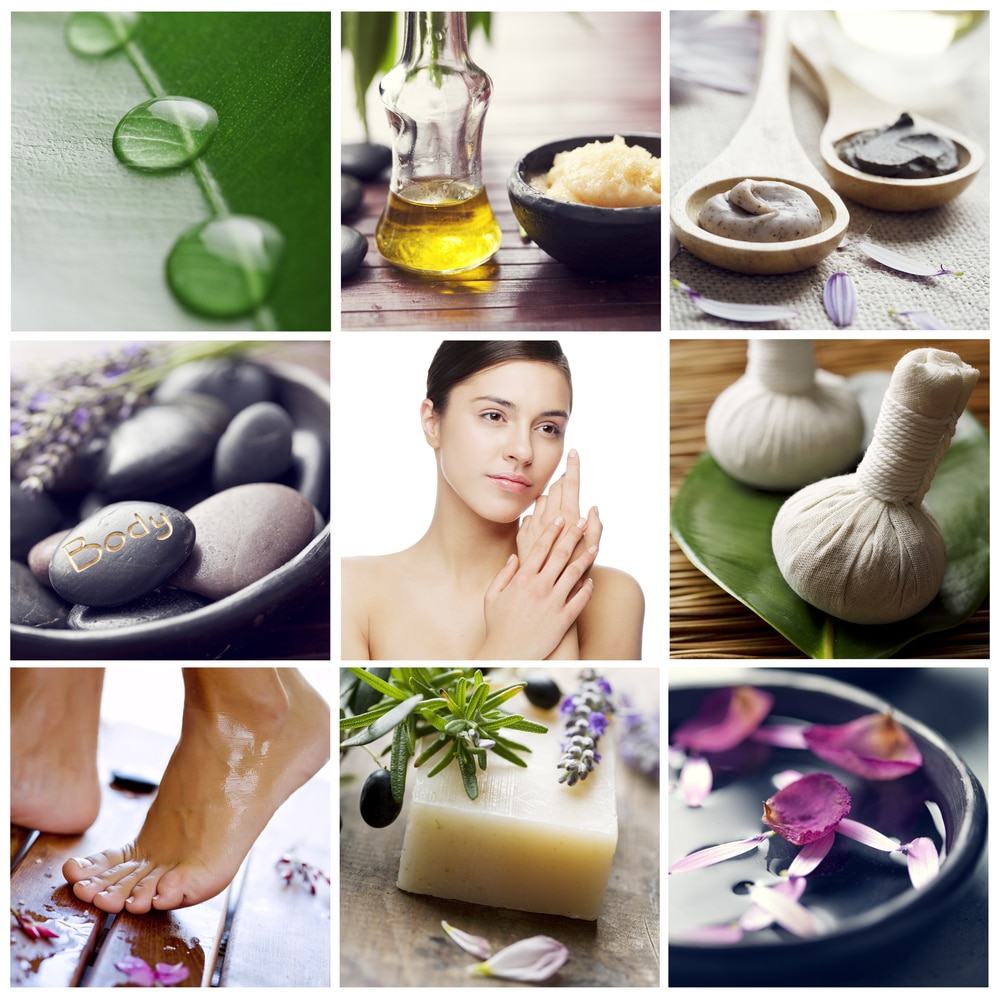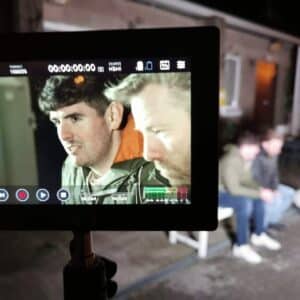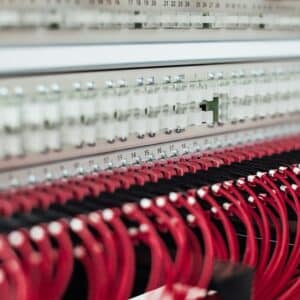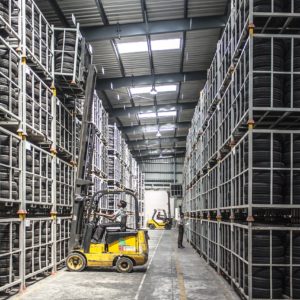Alternative therapy refers to any medical practice that is not part of conventional Western medicine that can help promote relaxation and a general sense of wellbeing. The rise of alternative therapies has been huge in recent years as more people seek complementary and non-invasive treatments for their physical, emotional, and spiritual well-being.
This trend has been driven by a number of factors, including dissatisfaction with conventional medicine, increased access to information about alternative therapies, and the desire for more holistic and personalized approaches to healthcare.
Additionally, the rise of alternative therapies has been facilitated by the growing popularity of wellness and self-care practices, as well as increased public awareness of the potential benefits of alternative approaches.
As a result, alternative therapies are becoming more widely accepted and integrated into mainstream healthcare practices, leading to the growth of alternative medicine as a field.
Below we take a look at some of the most popular types of alternative therapies.
The Rise of Alternative Therapies
Acupuncture
Acupuncture is a form of alternative medicine in which thin needles are inserted into the skin at specific points on the body to alleviate pain or treat various health conditions. It is based on the principles of Traditional Chinese Medicine and aims to restore balance and harmony to the body’s energy pathways.
Alexander Technique
The Alexander Technique is a method of movement and posture re-education designed to improve overall well-being and reduce tension and stress. It was developed by F. Matthias Alexander in the late 19th century and is based on the principles of self-awareness and mind-body coordination. The technique involves learning to release tension and improve posture through conscious awareness and gentle hands-on guidance from a trained teacher. The Alexander Technique is used to treat various conditions, such as back pain, neck pain, and tension headaches, and is also used as a general tool for stress management and overall improvement of physical and mental well-being.
See Alexander Technique courses here.
Angel Therapy
Angel therapy is a form of spiritual healing that involves communicating with and receiving guidance and healing from angels, celestial beings believed to assist and protect humans. Practitioners of angel therapy believe that by connecting with the angels, they can receive guidance and healing for physical, emotional, and spiritual issues. This can be done through various methods, such as meditation, visualization, and channeling.
See Angel therapy courses here.
Aromatherapy
Aromatherapy is a form of alternative therapy that uses essential oils derived from plants to improve physical, emotional, and spiritual well-being. The essential oils are inhaled or applied to the skin, and are thought to have therapeutic effects through the sense of smell and by being absorbed into the bloodstream. Aromatherapy is used for various purposes, such as reducing stress and anxiety, improving sleep, and boosting the immune system. There are various methods of using essential oils, including diffusion, topical application, and inhalation.
See Aromatherapy courses here.
Aura and Chakra Anatomy
Aura and Chakra anatomy refer to two interconnected systems in the human body that are central to many spiritual and alternative healing practices.
Aura refers to the energy field that surrounds the physical body and is thought to reflect a person’s thoughts, emotions, and physical health. Practitioners of aura reading believe that they can see and interpret the colors and patterns of the aura to diagnose and treat various physical and emotional conditions.
Chakras refer to seven centers of energy located along the spine and thought to correspond to different aspects of a person’s physical, emotional, and spiritual being. Each chakra is associated with specific physical, emotional, and spiritual qualities, and practitioners believe that imbalances in the chakras can lead to physical or emotional distress. Healing practices such as Reiki and yoga often focus on balancing and aligning the chakras to promote overall health and well-being.
See Aura and Chakra anatomy courses here.
Color Therapy
Colour therapy, also known as chromotherapy, is a form of alternative therapy that uses colour to promote physical and emotional well-being. The idea behind colour therapy is that different colors have different energies and vibrations that can influence the body and mind. Colour therapy can be practiced in various ways, such as through visualizing colours, exposing oneself to colored light, or wearing coloured clothing. The therapy is used for a range of purposes, including reducing stress and anxiety, improving mood, and promoting relaxation.
See Colour therapy courses here.
Crystal Healing
Crystal healing is a form of alternative therapy that uses crystals and gemstones to promote physical, emotional, and spiritual well-being. Practitioners of crystal healing believe that each crystal has unique properties and energies that can help balance and align the body’s energy centers (known as chakras). During a crystal healing session, the practitioner places crystals on or near the recipient’s body in specific positions or holds them while performing energy healing techniques. Crystal healing is also sometimes used as a form of stress relief and to promote overall health and well-being.
See Crystal healing courses here.
Feng Shui
Feng Shui is an ancient Chinese practice that involves arranging physical objects and spaces to create harmony and balance with the environment and promote positive energy flow. The belief is that by arranging the physical environment in a specific way, one can improve their personal and professional life and achieve their goals. Feng Shui involves the use of various symbols and elements, such as the placement of furniture, the use of color, and the arrangement of objects, to create an environment that is believed to be harmonious and supportive. Feng Shui is often used in the design of homes and workplaces, but can also be applied to other areas of life, such as relationships and finances.
Herbal Medicine
Herbal medicine is a traditional system of medicine that uses plants or plant extracts to treat and prevent various health conditions. It is based on the belief that the active ingredients in plants can have therapeutic effects when taken in the right dose. Herbal remedies can be taken in various forms, such as teas, capsules, tinctures, or poultices, and are used to treat a wide range of health problems, from headaches and colds to more serious conditions such as cancer and heart disease.
See Herbal medicine courses here.
Homeopathy
Homeopathy is a system of alternative medicine based on the principle of “like cures like.” It asserts that a substance that causes symptoms in a healthy person can cure similar symptoms in a sick person when taken in highly diluted form. Homeopathic remedies are typically made by diluting a substance multiple times in water or alcohol and are used to treat a wide range of health conditions.
Reflexology
Reflexology is a form of alternative therapy that involves applying pressure to specific points on the feet, hands, or ears with the belief that it will help to balance the body and promote overall health. The theory behind reflexology is that the feet, hands, and ears contain reflex points that correspond to different parts of the body, and by applying pressure to these points, practitioners can stimulate the corresponding body parts and help to improve their function. Reflexology is often used as a form of stress relief and to improve circulation, reduce pain, and promote relaxation.
Reiki
Reiki is a form of alternative therapy that uses energy healing to balance the body’s energy and promote physical, emotional, and spiritual well-being. It is based on the idea that a practitioner can channel universal energy into the recipient through touch to activate the body’s natural healing processes. During a Reiki session, the practitioner places their hands on or near the recipient’s body in various positions to transfer energy. Reiki is sometimes used as a complementary therapy and is thought to promote relaxation, reduce stress and anxiety, and improve overall health and well-being.
Sound Healing
Sound healing is a form of alternative therapy that uses sound and vibration to promote physical, emotional, and spiritual well-being. The therapy involves the use of specific sounds and vibrations, such as those produced by singing bowls, gongs, or vocal toning, to create a relaxing and harmonious environment. The idea behind sound healing is that different frequencies and vibrations have the ability to affect the body, mind, and spirit in positive ways. Sound healing can be used for a variety of purposes, including reducing stress and anxiety, improving sleep, and promoting relaxation and inner peace.












Comments